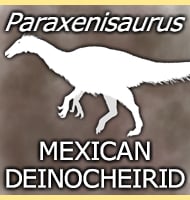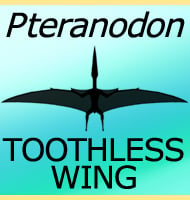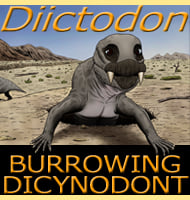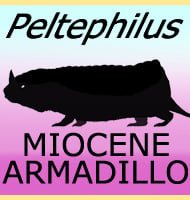Paraxenisaurus
In Depth Paraxenisaurus is a genus of deinocheirid dinosaur that lived in Mexico during the late Cretaceous. Deinocheirid dinosaurs like Paraxenisaurus are a special sub group of ornithomimosaurs that are more similar to the Deinocheirus genus (Deinocheirus was for a long time known only from a gigantic pair of arms until the early twenty-first century … Read more



